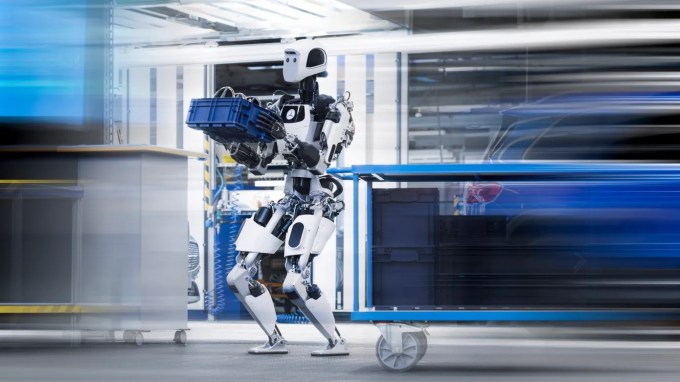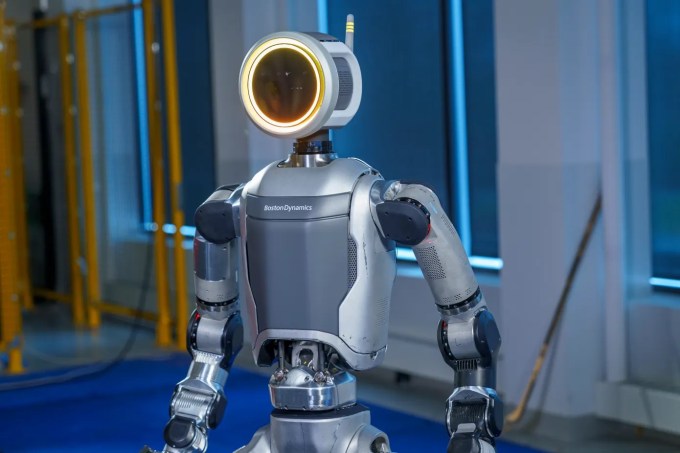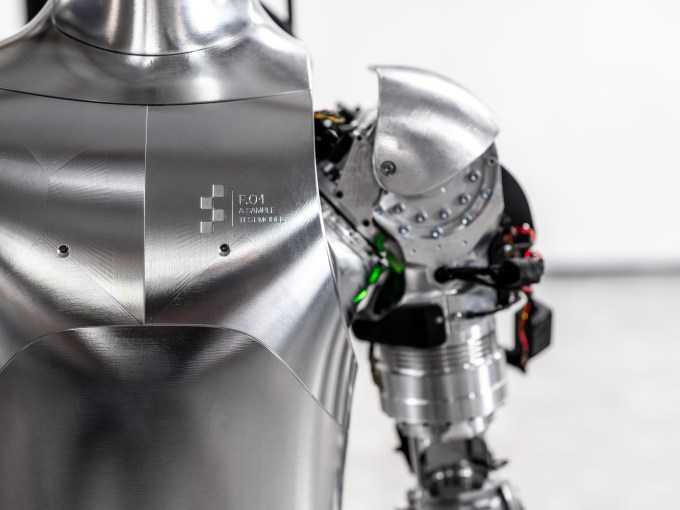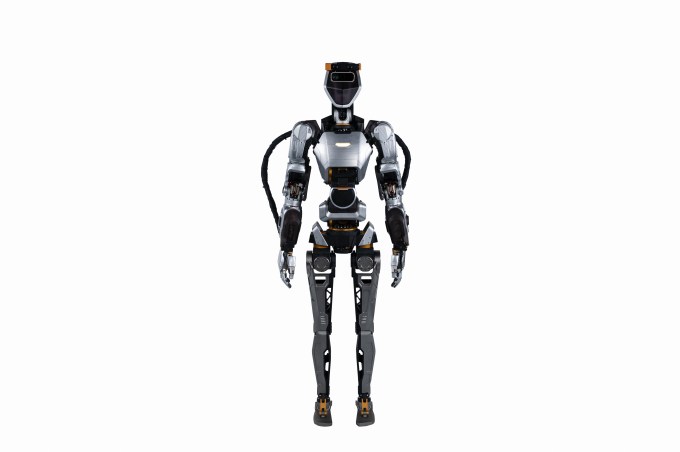Ahead of Tuesday’s earnings release, Tesla CEO Elon Musk announced that the automaker would begin selling its Optimus humanoid robot in 2026. In fact, Optimus has already begun performing tasks autonomously, such as handling batteries, at one of Tesla’s facilities, according to its earnings report.
“Tesla will have truly useful humanoid robots in low production for Tesla’s internal use next year and hopefully in high production for other companies in 2026,” the CEO said. posted on X.
During Tuesday’s earnings call, Musk also estimated that long-term demand for general-purpose humanoid robots is “over 20 billion units,” a figure he arrived at by combining the 8 billion people on Earth who will apparently want one with the industrial use cases.
These dates, while broad, and these estimates should be taken with a grain of salt. A lot can change the timeline between now and then, and if Optimus is indeed delayed, it won’t be the first time a Musk product has suffered from a dynamic timeline. Early on, Musk suggested that production of the humanoid could begin in 2023.
We know that Tesla has invested a lot of resources in this endeavor. As Chris Walti, former head of Tesla Optimus, recently told me: “Then Elon (Musk) said, ‘We should build a humanoid. My team was chosen to run this endeavor. I led the internal hiring process for this team. Everything you saw at AI Day was a product of that effort.” He added that “at some point, (Optimus) became the company’s first effort.”
The market has also changed significantly since Optimus’ spandex unveiling in 2021. Some have even credited Tesla’s announcement with motivating some of its major competitors to unveil their own efforts sooner than they otherwise would have.
Robotics has generally benefited from the pandemic. The shortage of workers led to a surge in investment and a renaissance of sorts in industrial automation. More recently, the explosion of interest in generative AI has further accelerated the development of the industry and the trend towards “general purpose” robots.
As impressive as the demonstrations are, there is still a long way to go between current systems and true general-purpose robots. The gap between current ChatGPT offerings and synthetic systems that can perform and learn like humans is much wider than it might seem at first glance.
This is largely a software/AI problem, but there is also much work to be done to create mechatronic systems that can perform these actions at scale. Increasingly, the industry is looking to the humanoid form factor to fill this gap. We designed the world for humans, so why not design robots for that world?
Tesla wasn’t the first company to work on a humanoid model, and according to available data, it’s not the most advanced in this field. But while being the first to market carries weight in this high-tech field, we’re only at the very beginning of the history of humanoid robots.
Some of the companies listed below won’t survive, and others we’ve never heard of could take their place. Here’s where things stand in July 2024.
1 TIME

This Norwegian startup made a splash in 2023 with a $23.5 million fundraising round. The list of investors was even more impressive than the dollar amount, with backing from Tiger Global and, notably, OpenAI. It was a significant vote of confidence from the creator of GPT and signaled its interest in a physical incarnation of its platforms.
Back in January, 1X announced a $100 million Series B funding round and recently signed up big names from companies like BMW and Tesla. Recent videos have shown its smiling-faced wheeled robot, Eve, responding to voice commands and performing household tasks like cleaning.
The company’s name is a reference to its commitment to demonstrating its robots at 1X speed. Not labeling time-lapse videos is one of the many tricks companies can use to make their projects appear more advanced than they actually are.
Agility

Agility was the first to get into this space, and as a result, its signature bipedal robot, Digit, has made more strides toward commercialization than any other robot in the space. After pilot testing with a host of different partners, including Amazon, the company announced in June that its humanoid was the first to make it past the pilot phase.
Digit’s first real job isn’t exactly glamorous, though to some extent that’s the whole point. The robot started out moving plastic bins at a Spanx factory in Georgia.
Apptronics

The Austin-based company has been working on humanoids for some time now, thanks to its partnership with NASA for Valkyrie. In March, the company announced that it had begun warehouse pilots with Mercedes-Benz.
Boston Dynamics

Boston Dynamics is both the first and the newcomer. The original Atlas hydraulics dates back to 2013. The system was pulled from the market in April, only to launch an electric version a day later. The strength and flexibility of the system’s actuators have caused many in the industry to sit up and listen.
So far, we’ve only seen a 40-second video of the robot in action. At the time, CEO Robert Playter told TechCrunch that his parent company, Hyundai, plans to begin testing the robot in factories sometime in 2025, with full-scale production not expected for another few years.
Figure

In February, Figure announced a massive $675 million funding round from backers including Microsoft, OpenAI, Amazon, Nvidia, and Intel Capital. The South Bay company was valued at $2.6 billion after the round. Earlier this year, Figure announced that its 01 robot would be piloted at a BMW plant in South Carolina. A video of the robot in that setting was released earlier this month.
Sanctuary AI

In April, Sanctuary AI announced that it was launching pilot projects with automaker Magna. Phoenix is Sanctuary AI’s first humanoid to walk on two legs. An earlier model had already been deployed at a retailer in its home country of Canada.